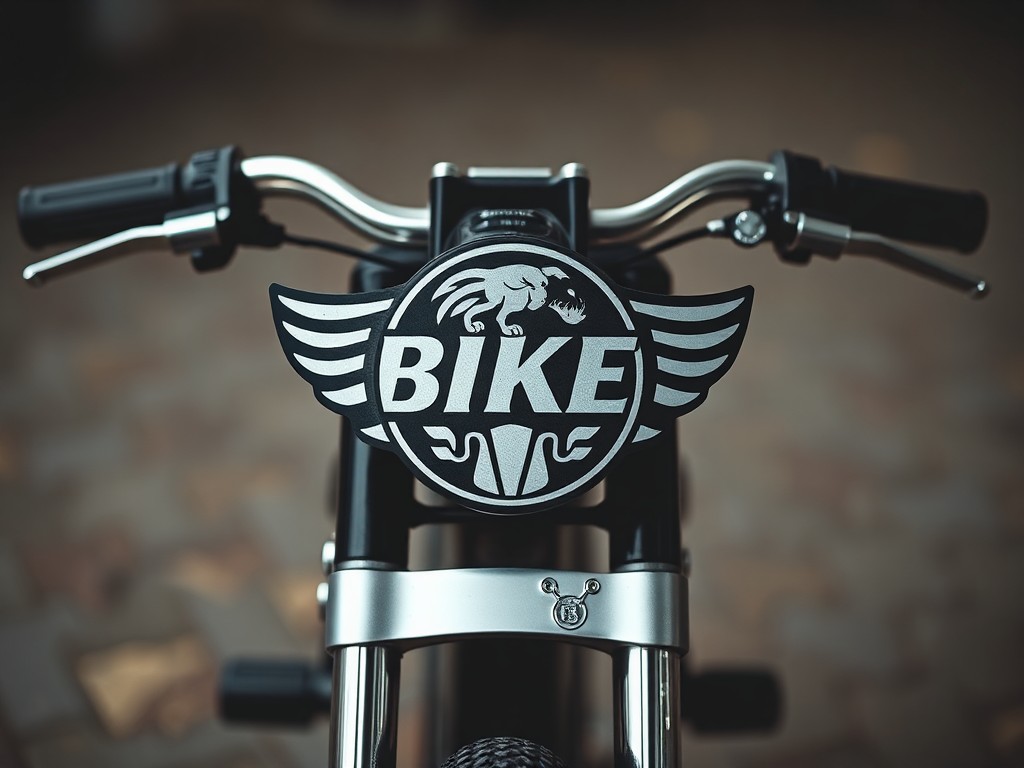Driving in winter conditions presents a unique set of challenges that can be daunting even for the most seasoned drivers. Snow and ice can make roads slippery and unpredictable, reducing visibility and making it more difficult to control your vehicle. With the right knowledge and preparation, however, you can navigate these conditions safely. In this article, we’ll take a close look at the common mistakes to avoid when driving in snow and ice.
Underestimating the Impact of Weather Conditions
One common mistake is underestimating the impact of weather conditions on road safety. Snow and ice can drastically affect the way your vehicle responds to your actions, making it harder to brake, accelerate, and steer as you normally would.
In the same genre : What are the tax benefits of owning a hybrid car in the UK?
When driving in winter weather, make sure to check the forecast before you leave and adjust your plans accordingly. If heavy snow or ice is expected, it may be safer to postpone your trip or find an alternative method of transportation. If you must drive, leave plenty of time for your journey to account for reduced speed and potential delays.
Remember that even a small amount of snow or ice can make the road slippery. In such conditions, your tires may lose traction, making your vehicle harder to control. Therefore, it is essential to maintain a slower speed and to avoid sudden braking or steering, which can lead to skidding.
Additional reading : What are the pros and cons of leasing versus buying a car in the UK?
Overreliance on Four-Wheel Drive
Four-wheel drive can provide improved traction in snowy or icy conditions, but it is not a universal solution. Some drivers make the mistake of relying too much on four-wheel drive, believing that it can overcome all winter road challenges.
While four-wheel drive can help you get moving in slippery conditions and provide better stability, it won’t help you stop faster or navigate turns more safely. In fact, the overconfidence in four-wheel drive can lead to excessive speed, one of the leading causes of winter road accidents.
Regardless of your vehicle’s capabilities, you should always adjust your driving to the conditions of the road. Maintain a slow, steady speed and allow plenty of distance between your vehicle and the one in front of you to give yourself time to react.
Not Using Winter Tires
Despite their name, all-season tires are not the best choice for winter driving. They are designed to provide good performance in a variety of conditions, but they may not offer the same level of traction and control as winter tires when it comes to snow and ice.
Winter tires are made from a different type of rubber that remains flexible in cold temperatures, allowing them to maintain better contact with the road. Their tread patterns are also designed to channel snow and slush away from the tire, providing better traction.
Neglecting to switch to winter tires is a common mistake that can put you at risk when driving in winter conditions. If you live in an area with regular snowfall or freezing temperatures, consider investing in a set of winter tires for better safety.
Driving Too Fast for Conditions
Speed limits are set based on ideal road conditions, which means they may not be safe to follow in winter weather. Driving too fast is a common mistake in snowy or icy conditions, and it can have serious consequences.
When road surfaces are slippery, it takes longer for your vehicle to come to a stop. Your vehicle will also be harder to control, making it more likely that you’ll lose control if you have to make a sudden maneuver.
To avoid this, reduce your speed and give yourself plenty of time to react to the road conditions. Avoid using cruise control, as it can make it more difficult to adjust your speed quickly if you need to.
Neglecting Vehicle Maintenance
Finally, neglecting regular vehicle maintenance can lead to problems when driving in winter conditions. Before winter arrives, make sure to check your vehicle’s battery, tire pressure, and fluid levels. Also, ensure your windshield wipers are in good condition and that your vehicle’s heating system is working properly.
In winter, a well-maintained vehicle can mean the difference between a safe trip and a potentially dangerous situation. Don’t let neglect put you at risk. Regular maintenance checks can help ensure your vehicle performs optimally in winter conditions.
It’s clear that driving in winter weather requires a different set of skills and considerations than driving in clear conditions. By recognizing and avoiding these common mistakes, you can make your winter driving experience safer and more predictable.
Ignoring the Threat of Black Ice
Black ice is a common winter hazard that many drivers fail to consider. It forms when the temperature is near or below freezing and rain or drizzle comes into contact with the cold surface of the road, creating a smooth layer of ice that’s difficult to see. Due to its transparency, it often appears merely as a wet spot on the road, making it particularly dangerous.
Driving on black ice can be treacherous. When your tires hit black ice, they can lose traction, causing your vehicle to skid or spin out. The risk is heightened when driving fast as black ice often forms on overpasses, bridges, and shaded areas of the road.
Most importantly, avoid slamming on the brakes when you encounter black ice. This can cause your vehicle to skid uncontrollably. Instead, keep your steering wheel steady and let your vehicle pass over the ice. If you can, lightly apply the brakes to slow down your vehicle.
Being aware of the threat of black ice and modifying your driving accordingly is a crucial step in ensuring your safety during winter driving.
Forgetting to Equip Your Vehicle Properly for Winter Conditions
Preparing your vehicle for winter weather is a task that many drivers overlook, but it’s a critical step in avoiding common mistakes. Before winter hits, take the time to equip your vehicle with necessary items like an ice scraper, a small shovel, jumper cables, and a bag of sand or cat litter to help with traction if you get stuck.
Also, remember to fill your windshield washer reservoir with a winter-grade fluid to prevent it from freezing. Keep an extra supply in your car in case you need to refill it.
Additionally, check your headlights, tail lights, and signal lights to ensure they’re all working correctly. During a snowfall or in heavy fog, these lights are your primary means for other drivers to see you.
Lastly, always keep your gas tank at least half full during winter months. In case of a breakdown, you’ll need a heat source until help arrives.
Conclusion
Winter driving presents many challenges from black ice to snowy conditions. However, remembering to slow down, respecting weather conditions, not over-relying on four-wheel drive, using winter tires, and keeping up with regular vehicle maintenance can significantly improve your safety.
Moreover, understanding the threat posed by black ice and ensuring your vehicle is properly equipped for winter weather can prevent potential incidents.
By recognising and steering clear of these common mistakes, you can make your journey through winter roads safer and more predictable. Remember, preparation and caution are your best allies when driving in snow and ice.











